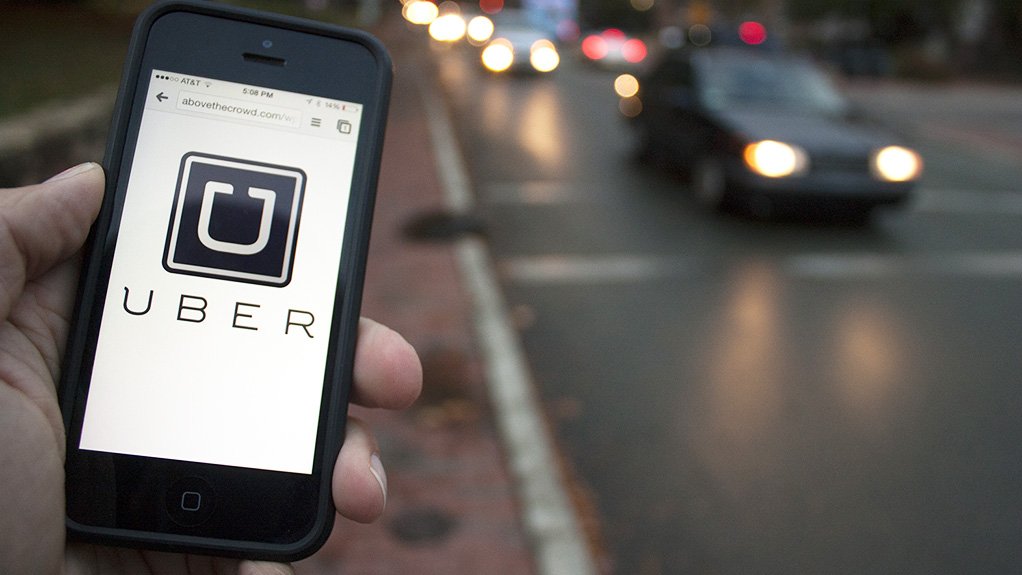Physical Address
60 Ekwema Cres, Layout 460281, Imo
Physical Address
60 Ekwema Cres, Layout 460281, Imo

Uber’s service quality declines in South Africa, and many passengers are unhappy. More people are complaining about their rides because of problems like reckless driving, high prices, bad car conditions, and drivers canceling trips often. This shows how much Uber’s service decline in South Africa is affecting its customers.
When Uber started in South Africa in 2013, many people liked it because it was easy and safe to use. But now, things have changed. Some passengers say drivers have left them on the roadside or drove dangerously. One rider even shared a story about a hit-and-run where the driver left the injured person and ran away. Other passengers say they lost things during a trip, but Uber did not help get them back. Many people also say that when they tried to talk to Uber’s support team, nobody replied.
Read Next: Kenyan Govt to Launch Online Platform for Selling Farmers’ Produce
The number of passenger complaints is growing fast. In one week alone, Uber got 25 one-star reviews on HelloPeter, a website where customers report problems. The complaints mostly talk about rude or careless drivers, bad customer service, and fares that suddenly go higher because of mistakes. Some deliveries even cost almost three times more than expected because of errors by drivers.

Uber says it is trying to fix these problems. The company has teams working to check complaints and solve them. They say they are training drivers better and adding new safety features in the app. Uber asks passengers to report any issues right through their app so they can act quickly.
To help make ride-hailing safer and better, South Africa introduced new rules on September 12, 2025. The government changed the National Land Transport Act to fix weak points in the rules that made it easy for companies like Uber and Bolt to ignore safety. Now, every driver must have a proper license to work. Local offices will check and approve licenses, and drivers must follow rules about where they can pick up and drop off passengers.
For example, if a driver is licensed to work in Tshwane, they have to return there after a trip to another province like Limpopo. They are not allowed to find new passengers outside their licensed area. This rule helps keep drivers responsible and makes rides safer.
The new law also says cars must show the company’s name clearly, and all vehicles must have panic buttons for drivers and passengers. Vehicle owners must install these buttons. Panic buttons will help catch criminals faster and get police to the scene quickly.
If Uber or other companies break the rules by using drivers without licenses, they can be fined up to R100,000 or face two years in jail. Besides this, companies like Uber, Bolt, and inDrive must follow business laws and pay taxes properly. Passengers should always check the driver’s details and the car before starting a ride to stay safe.
Because of Uber’s service decline in South Africa and the new rules, Uber has to work harder to provide better service. The company needs to make sure drivers are licensed, cars are safe, and fares are correct. This may cost Uber more money, but it will help the company improve.
For passengers, these changes mean safer trips with drivers who are responsible and cars that are easy to recognize. Panic buttons will help in emergencies, making rides more secure. This should help people trust Uber more, after some bad experiences in the past.
If Uber does not follow the new laws, it risks losing customers and hurting its reputation. The rules force companies to keep passengers safe and listen to their concerns.
The new rules show that South Africa’s ride-hailing industry wants faster growth but not at the cost of quality and safety. Companies like Uber must watch their drivers closely, improve training, and make sure cars meet safety standards.
Read Next: FlySafair Turns to AI to Keep Fares Low and Good Customer Experience
In the end, passengers get better service, clearer prices, and easier communication with drivers. Regulators want to stop accidents and crimes, so everyone is safer when using ride-hailing.
In conclusion, Uber’s service quality declines in South Africa have caused many passenger complaints. The government’s new rules demand licensed drivers, safe cars with panic buttons, and trips limited to certain areas. Uber must fix its driver behavior and car conditions to follow these rules, win back trust, and make rides safer for all South African passengers.
Was this information useful? Drop a nice comment below. You can also check out other useful contents by following us on X/Twitter @siliconafritech, Instagram @Siliconafricatech, or Facebook @SiliconAfrica.